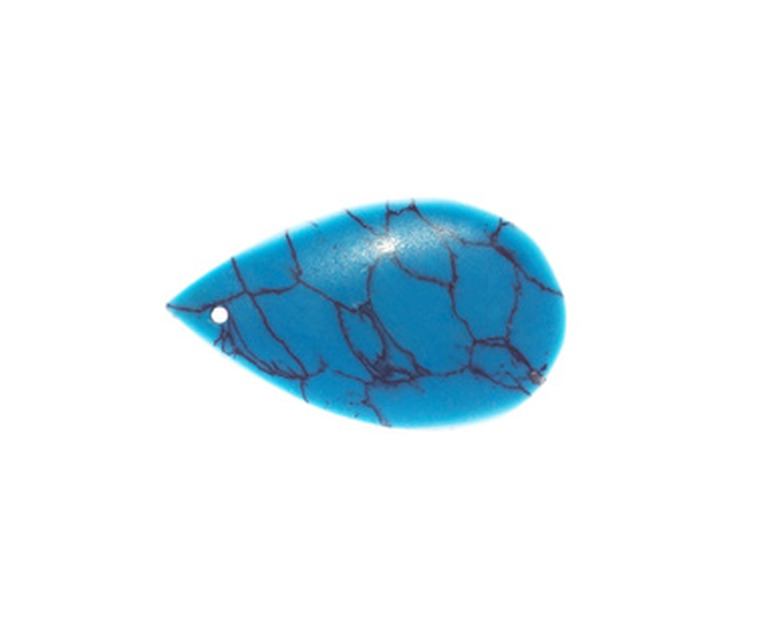Different Kinds Of Turquoise Stones
Turquoise is the word for Turkish in old French. Because Turkish merchants traded in turquoise, it was thought that the stone originated there, but in fact the stones came from Persia. Turquoise is native to the arid regions of the Americas, China, Egypt, Persia and Tibet. The relative value of the different kinds of turquoise makes buying and collecting the stone an activity that requires study and care. According to Cheryl Ingram's article "Turquoise – the Fallen Skystone," five kinds of turquoise are defined by law.
Natural
Natural
Natural turquoise stones are taken from the mine as they are, cut into shapes, polished and set into jewelry. They contain no additives or treatment, and are usually of gem quality. According to Ingram, natural turquoise makes up less than 3 percent of the turquoise on the market. The colors of natural turquoise deepen and grow richer with age as the porous stone absorbs skin oils from the wearer.
Stabilized
Stabilized
Stabilized turquoise is natural turquoise that will not hold a luster or shine. As mined, the stone is sometimes called soft or chalk turquoise, and it is treated or stabilized by the infusion of a colorless epoxy resin. Turquoise is a naturally porous stone, and the pressurized resin fills the pores making the stone hard. After hardening, the stone's color deepens and it will hold a luster. The stabilized form makes up most of the turquoise on the market. The stabilized stone's colors do not change with age like natural stone, since the pores in the stone are filled with the resin. Although it looks very good and makes handsome jewelry, it should be priced less than natural turquoise.
Treated or Color-Treated
Treated or Color-Treated
Treated turquoise also begins as soft or chalk turquoise, but instead of being treated with a colorless epoxy resin, the resin is dyed to add color to the stone. The colors produced in this way are vivid but have an unnatural look. Stones produced with this technique are sometimes called color-treated or color-stabilized.
Another method of adding color to soft turquoise is the ancient technique of soaking the stones in oil or fat and then dying them. The colors produced in this way are not long lasting. Treated and color-treated turquoise should sell for much lower prices than either natural or stabilized stones.
Reconstituted
Reconstituted
Reconstituted turquoise is made from low-grade chalk turquoise that has been ground into a powder, mixed with epoxy and dyes and compressed into a solid form. The solid cakes are then cut into shapes and mounted. They resemble natural turquoise to a degree, but should be sold at even lower prices than treated turquoise.
Imitation or Simulated
Imitation or Simulated
Imitation or simulated turquoise contains no turquoise. It is made either from other dyed porous stones or entirely from plastic. This form of turquoise is costume jewelry and should be priced accordingly.
Cite This Article
MLA
Shirey, Wayne. "Different Kinds Of Turquoise Stones" sciencing.com, https://www.sciencing.com/different-kinds-turquoise-stones-6876875/. 24 April 2017.
APA
Shirey, Wayne. (2017, April 24). Different Kinds Of Turquoise Stones. sciencing.com. Retrieved from https://www.sciencing.com/different-kinds-turquoise-stones-6876875/
Chicago
Shirey, Wayne. Different Kinds Of Turquoise Stones last modified March 24, 2022. https://www.sciencing.com/different-kinds-turquoise-stones-6876875/
